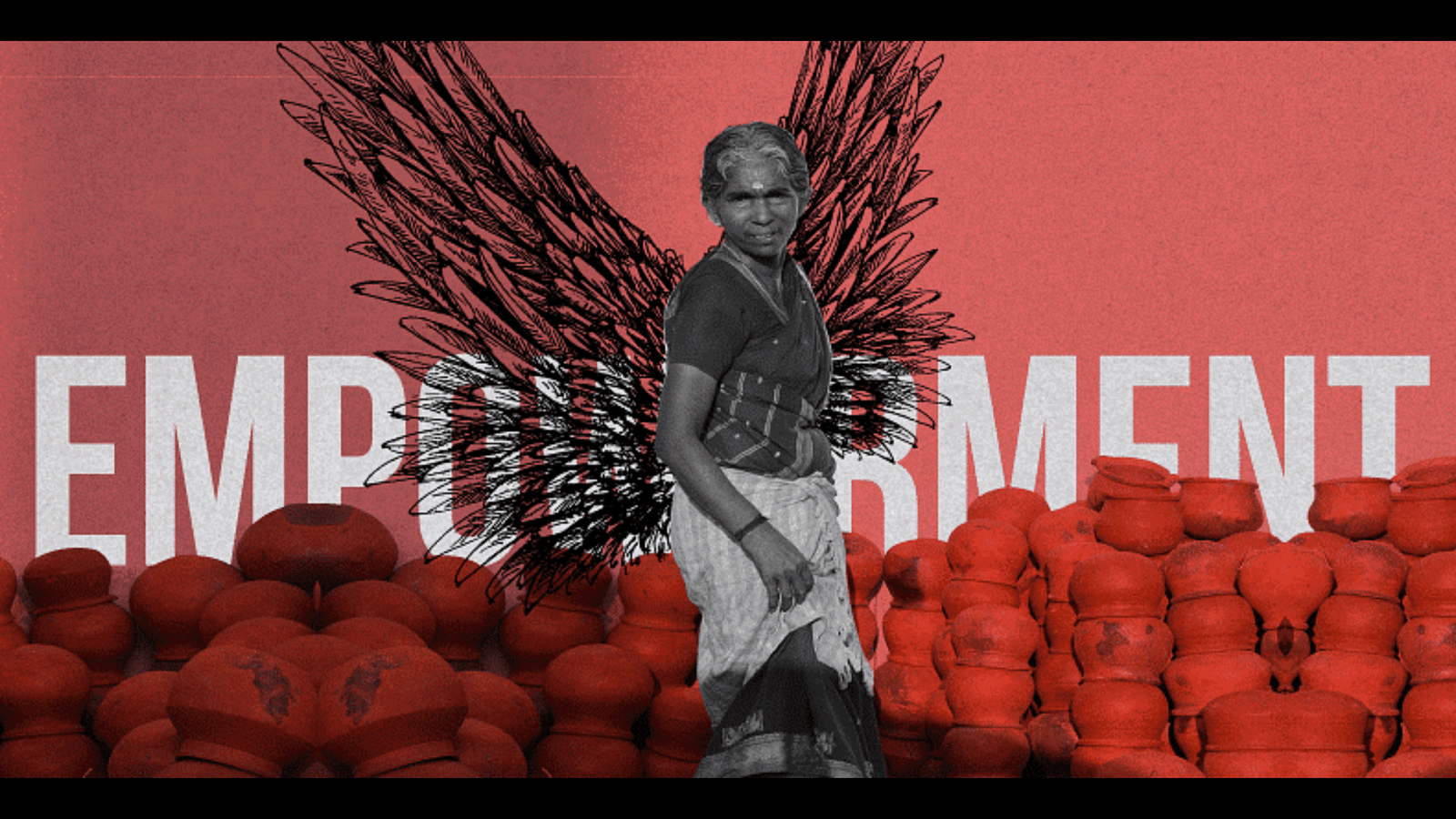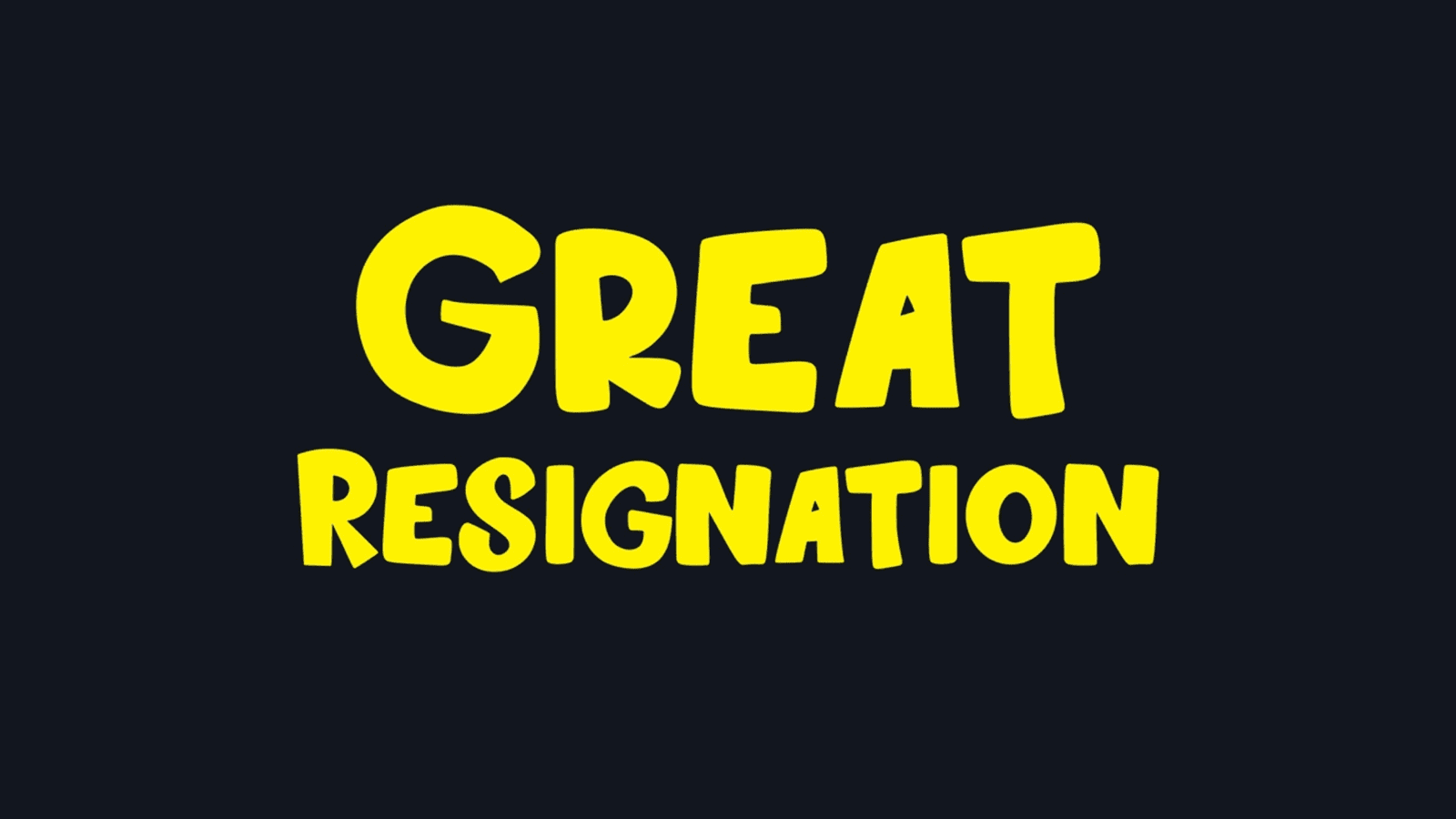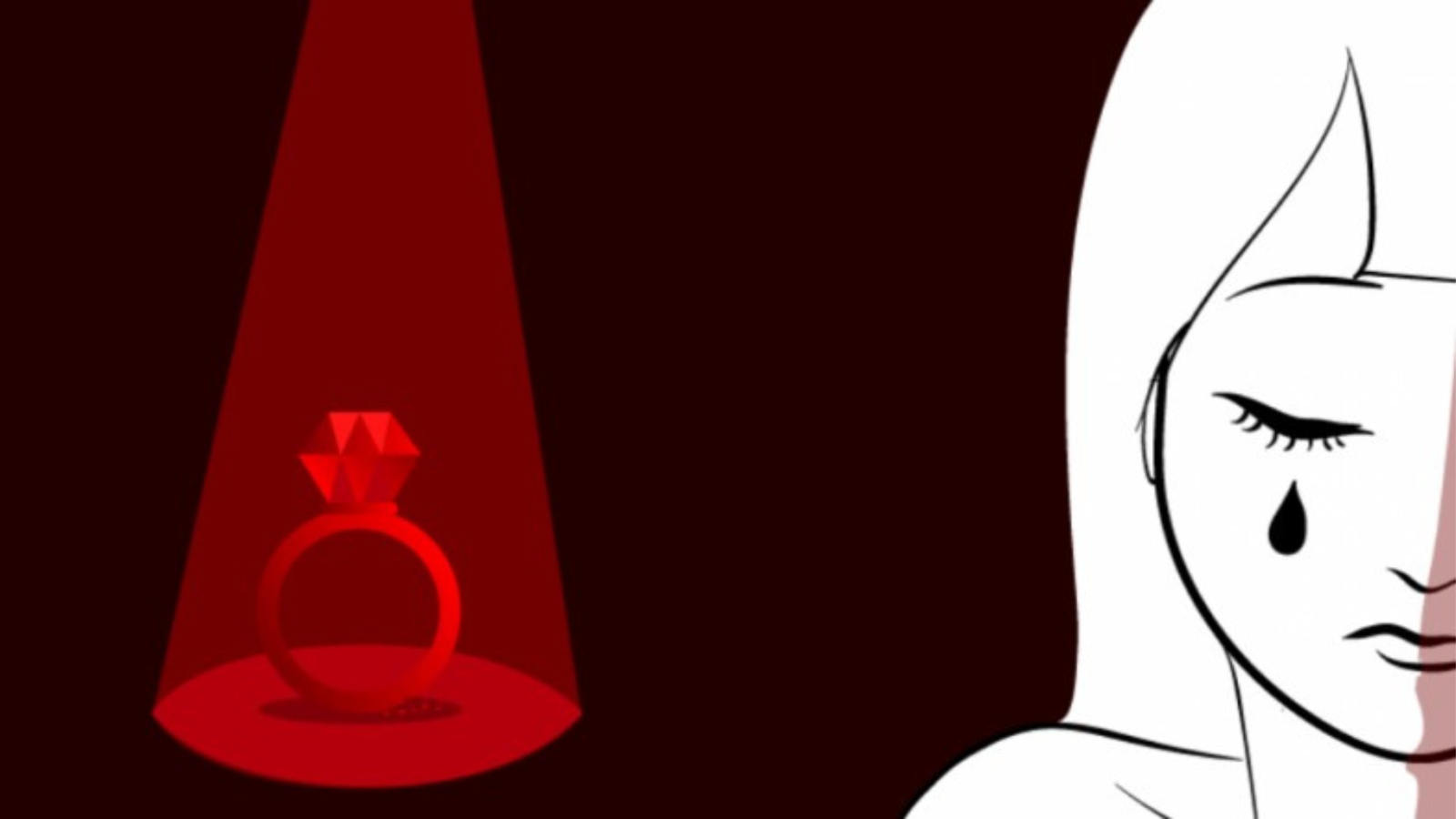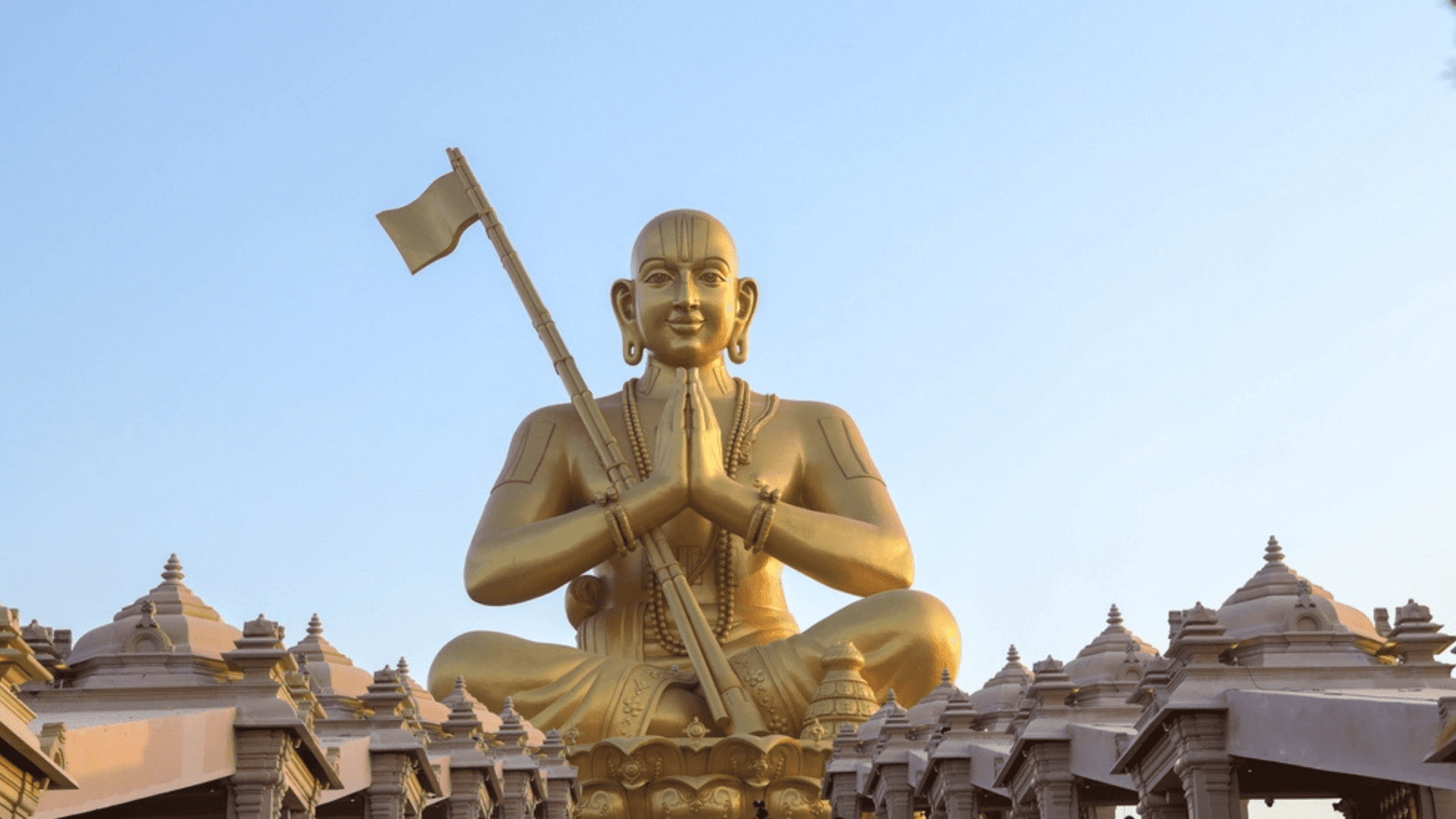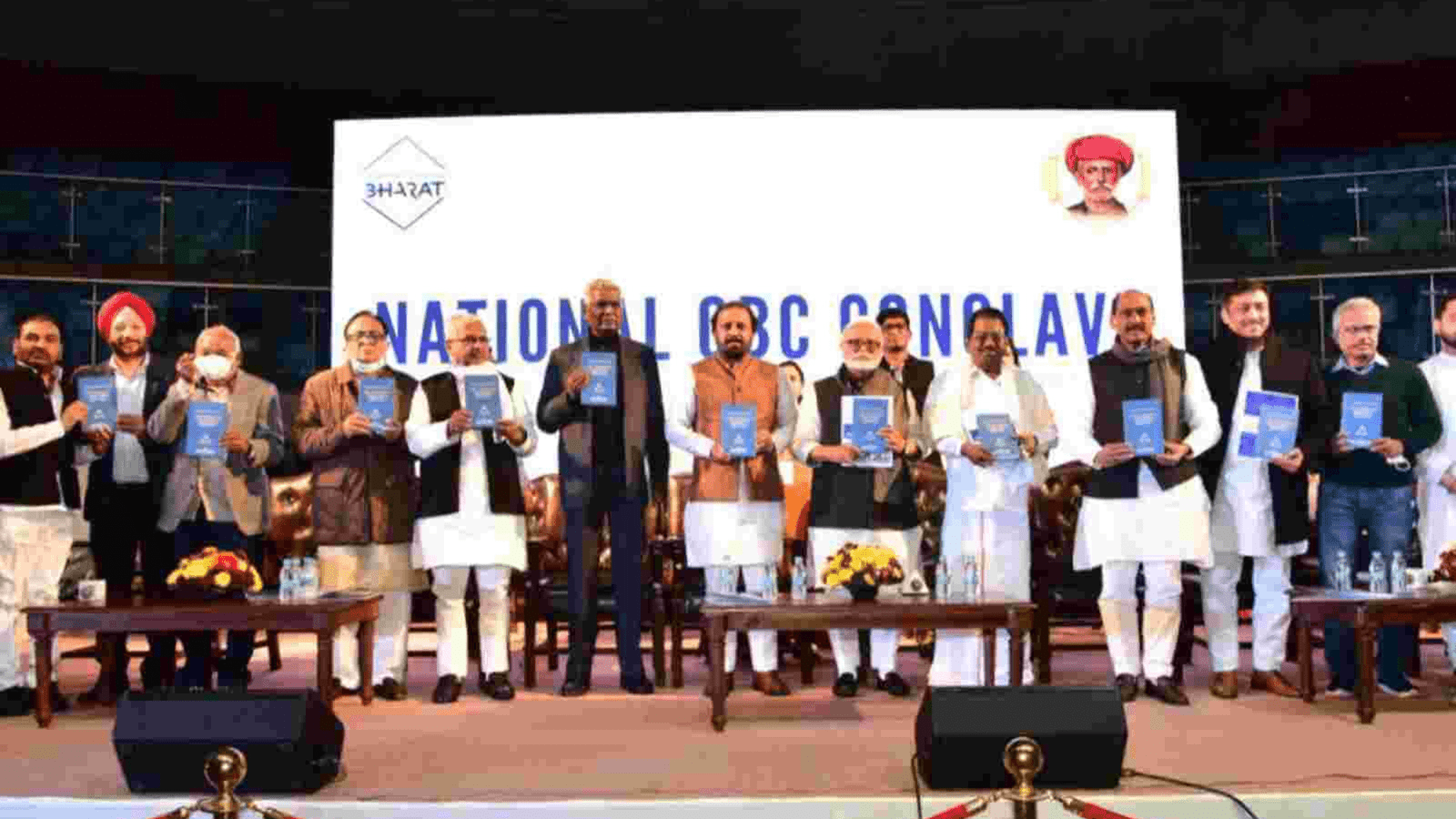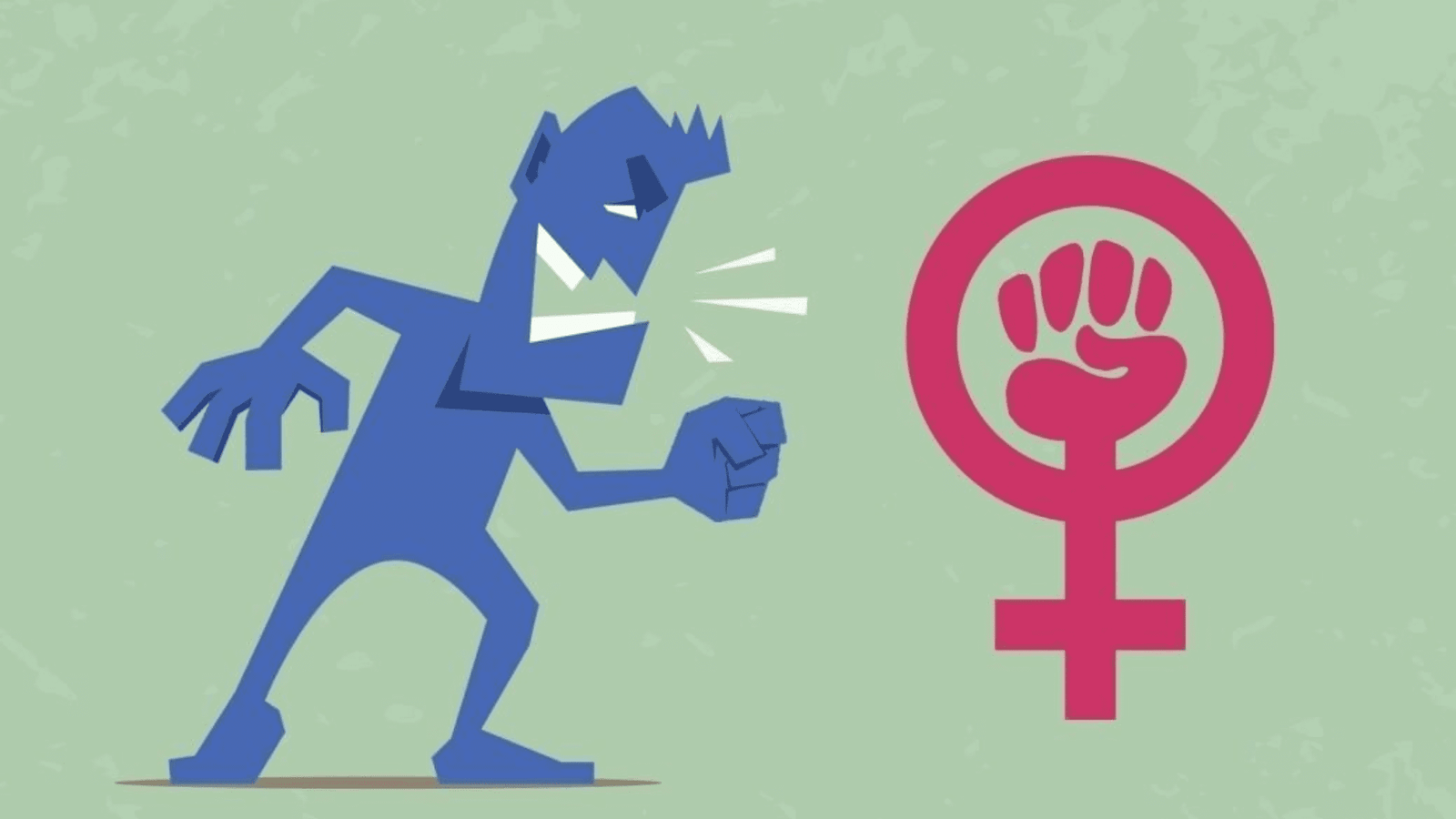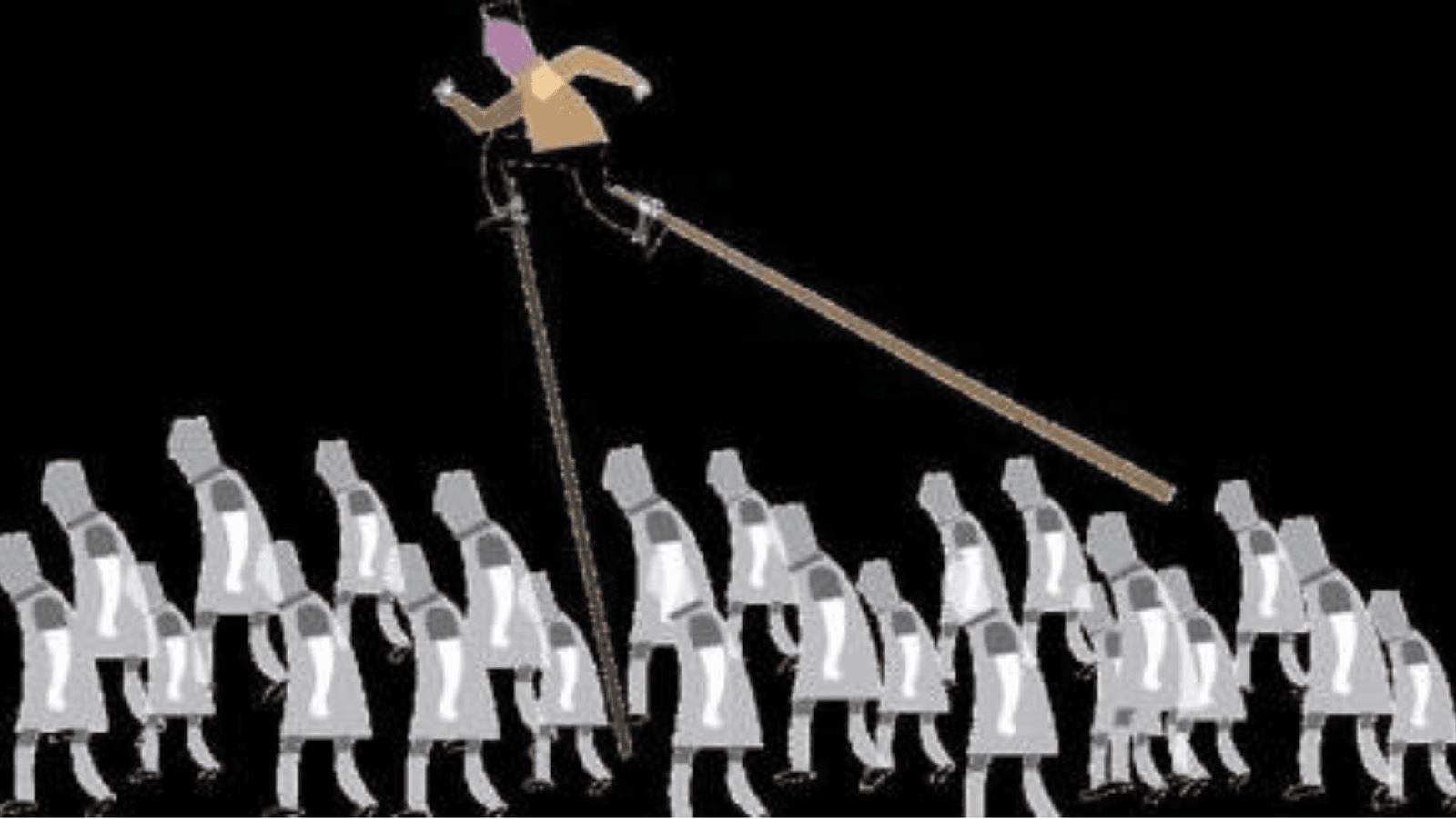
Black Lives Mattermovement, which originated in 2013, gained prominence in the summer of 2020 when tens of millions in the U.S marched under the ‘Black lives Matter’ slogan to protest a Minneapolis police officer’s murder of George Floyd.
Black lives Matter started in 2013 as a messaging campaign, in response to 2012 acquittal of George Zimmerman for shooting and killing black teenager Trayvon Floyd.
Three activists protested the verdict on social media and Patrisse Cullors came up with hashtag #BlackLivesMatter.
The movement, which claims to be decentralized and non-hierachial, gained prominence again in 2020 after the George Floyd incident.
Sociological analysis:
Sociologist Alex S.Vitale, in his 2017 book, The End of Policing, argues that since policing in US was started to control race riots, racism is foundational to it. Policing in the country expanded over a 40 years period. More funds, technology and criminalization of poverty brought police deeper into society and aggravated the problems that they are incapable of solving.
Richard Ellefritz writes that Black Lives Matter movement is a response to the increasing views that racism is a growing social problem in US and the world.
Taylor(2016) and LeBron(2017) attempt to place BLM movement in a historical context within the long tradition of African American struggle for racial equality in US.
A long line of Black thinkers, including Fredrick Douglass, Ida B.Wells and Du Bois, believe that Black people, with their meager economic and material resources, can only hope to confront such an intransigent system through social protests.
Earl and Kimport believe that Citizen Journalism via digital media is playing an increasing role in complicating the predominant framing of news by mainstream media. The PewResearch Centre found that the Ferguson story broke on Twitter before it surfaced on the cable news.
Paulo Gerbaudowrites that charismatic leadership is generally on a decline in contemporary social movements and one of the defining features of the New Social Movements is their utilization of social media to frame their causes and communicate with their adherents. Freeman, however, argues that since the American scheme for understanding social movements requires a sense of hierarchy and leadership, hence #BlackLivesMatter has been appointed the de facto organizational leader of the movement.
Bonilla and Rosa claim that hashtag protests create a “shared temporality” in which users can contest representations of racialized bodies.
Hashtags encourage elites to take position on the movements (Freelon and Clark).
However, as a critical view against the movement, Malcolm X in his analysis of the 1963 March on Washington(a previous movement),brought attention to the influence white philanthropy and leadership held over ‘black’ social justice organizations, especially regarding funding that was controlled by the white power structures.
The critics of Black lives Matter Movement raise similar concerns on its corporate findings.
Kwasi Konadu believes that earlier the movement started as a decentralized one.
However, in the present scenario, especially in US, although the BLM organizers work through various groups, yet all are tied to centralized hubs, like the Movement of Black Lives Coalition. These organizational choices confirm to a spider analogy rather than a starfish structure.
Spiderlike Organizations operate under the control of a central leader, and information and power are concentrated at the top.
